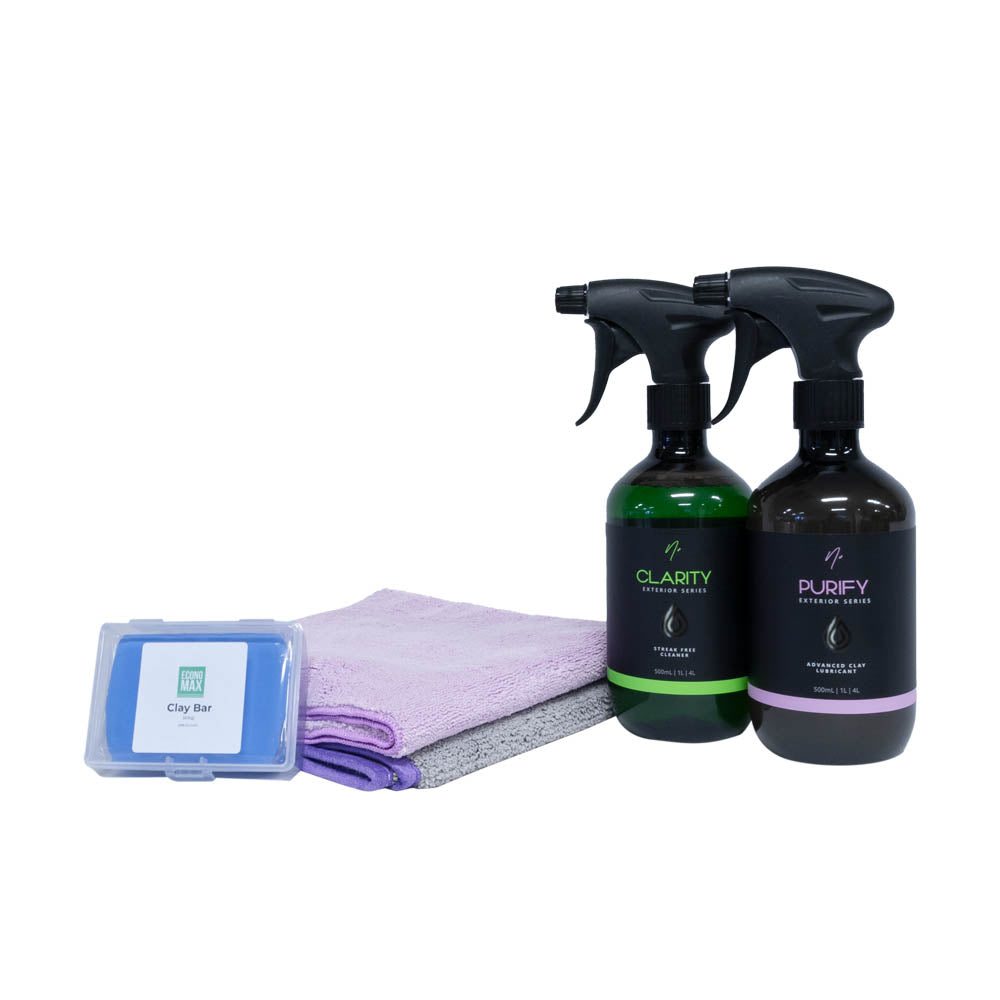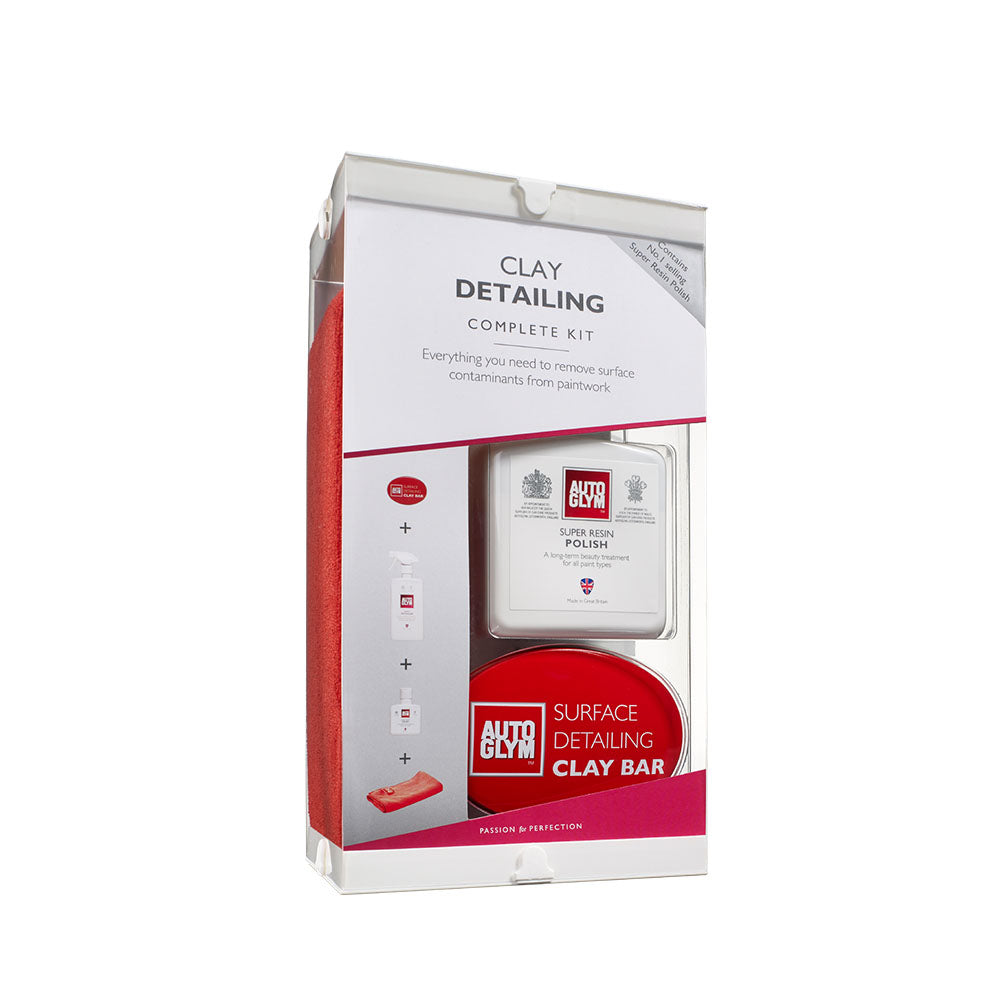-
A decontamination process on your vehicle is usually performed right before completing a paint correction and/or application of a protective coating such as a ceramic coating, wax or spray sealant. This is because it is virtually impossible to achieve a quality paint correction without first removing the contaminants that have bonded to your paint and can greatly affect the bonding process and durability of a wax, sealant or coating if not completed before this step.
Ideally, you should only be needing to decontaminate your car every 3-6 months if that vehicle is used daily and kept outside in extreme conditions or as little as once every few years for garaged vehicles with limited use.
Note: If your vehicle has a ceramic coating, it is vital to perform a chemical decontamination to maintain the ceramic coatings ability to perform its best and last as long as possible. Do NOT perform Mechanical decontamination or use a clay bar in any way on a car that has been ceramic coated, this will either strip the ceramic coating or at the very least cause damage to the coating itself.
For any more questions regarding decontamination please read the ‘Vehicle Decontamination & Iron Removers’ blog or contact us here -
Put simply, decontaminating a car involves removing stubborn contaminants that are unable to be removed with just your regular maintenance car wash. These contaminants include fallout, brake dust, tar, bugs, dirt, grime and more.
The decontamination process usually begins with a thorough wash of the car to remove any surface level contaminants that can be removed with a regular wash, followed by the application of a iron remover such as Carpro Iron X or Nv Purify to begin the breakdown of any remaining contaminants, followed by a rinse.
Once completed the first step, a clay bar treatment is used alongside a lubricant to help lift and remove any remaining contaminants that weren’t removed with the initial wash or with the dedicated iron remover. After rinsing and drying the car, the surface is inspected and any marring (which is often a result of using a clay bar) will have to be polished out by hand or with a buffing machine. -
There are a few staple products that are needed in a decontamination kit to make the hard work as effective as possible, any good decontamination kit should include a Iron remover to help break down the fallout on the vehicle, a clay bar to physically remove the contaminants and a clay lubricant to assist with the use of the clay bar.
In some cases, like Nv Purify for example, this is both an iron remover and lubricant all in one, meaning that whilst the product is being used as a lubricant for the clay bar it is also assisting in breaking down the contaminants found on the vehicles paint.
-
Decontamination typically involves 2 main types, Chemical and Mechanical.
Chemical decontamination involves using a range of detailing chemicals to your vehicles paint and is often performed before a mechanical decontamination. These chemicals include iron removers, tar and adhesive removers, all purpose cleaners, water spot removers and degreasers.
A Mechanical decontamination is performed after the Chemical decontamination and is the process of using an automotive clay bar and lubricant to physically remove more stubborn contaminants that were unable to be removed during the chemical phase. Keep in mind that claying the car will leave slight marks on the paint, this is known as marring. This is very normal and a very light polish will tend to remove any clay marring quite easily.
Be aware that a clay bar should not be used on matte or satin paint types or on textured plastics and plastics with matte or satin finishes.





